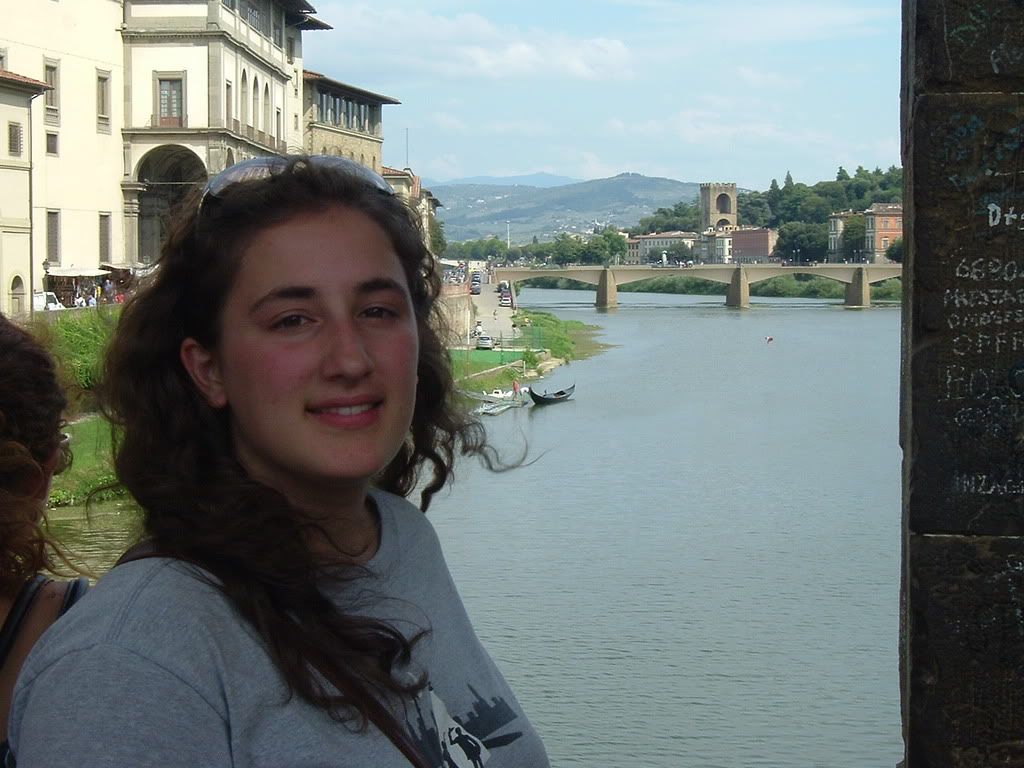A cute little polar bear sits in the middle of a pristine white glacier, holding a glass bottled Coca-Cola while sea lions play with a ball in the icy
Grand Theft Auto (GTA) is known for the freedom in playing and its controversial content. The general storyline is about a criminal rising in power by committing all sorts of crimes and completing missions. While those who play the game love it, there have been many who oppose its violent and explicit content. The entertainment industry has continued increasing the violence in movies, T.V., video games, and computer games. Cynthia Carter and C. Kay Weaver say in their book Violence and the Media:
Growing public concerns around the increasingly violent names of computer games grew in the 1990s, arguably culminating in 1999 when a number of journalists writing about the high school massacre at Columbine High School in Littleton, Colorado noted how one of the shooters, Eric Harris, ‘reconfigured a violent video game called Doom, possibly as a dry run for the deadly shootings’ (Hubbard 1999). (140-1)
While GTA is rated Mature, children will play them anyway, causing violence as the aftermath. Coke’s commercial begins with a hostile car chase, but when the driver steps out of the car and drinks a coke from the convenience store, he starts giving people money and helps out many citizens in the town while a street performer plays a theme song in the back ground.
The song, “Give a little love and it’ll all come back to you. You’re gonna be remembered for the things that you say and do.”, outlines its strategy of cause and effect. Once the gangster drank a Coke, he and everyone around him became kinder people. By giving a homeless guy a coat, he will be less needy. By catching a delivery man’s packages, they can be safely delivered and will save the delivery man some grief. The old woman now has her purse back and won’t have to get new credit cards, ID’s, etc… The gangster undoes all the crimes like stealing and assault that could have occurred in the video game. In return, he doesn’t just recover his girlfriend but gains the respect of the whole town.
This illustrates how Coke and its company can impact people’s lives for good. The dooms day prophets’ slogan, “THE END IS NEAR”, is changed to a positive slogan, “GIVE A LITTLE LOVE”, and even the unlikely pairing of Harley riders and cops has camaraderie. It also counters some of the bad and detrimental content in the American media. But in a larger sense, if we drink Coke, the nation will come together in unity where everyone looks out for each other and has a good time. At the ending scene, the town looks like a circus with the trapeze of vehicles and people. And as with any kind of show or production, compromise and team work is required for a good performance and sense of accomplishment. It strips away racial barriers, stereotypes of people like preps, cops, and bikers, and sets them equal as it says in the Declaration of Independence.
Coke’s commercial is using a parody of GTA to boost its own character and demonstrate how people are supposed to act. The beginning of the commercial acts out exactly like the video game with a car zooming through traffic and running things over, but when the driver steps out of the car and drinks a Coke, he instantly changes attitudes from raging gang member to caring citizen while still in the game animation. Coke plays on the violent nature of the video game by creating a character that acts exactly opposite of how he would act in the real game. Instead of hurting and stealing from innocent bystanders to get ahead, he helps them in a cool and caring manner, becoming the winner by making the most friends. This promotes Coke as a good role model by demonstrating its model way of life (from the slogan), and provides a reason to buy their product.
This theme, “Give a little love”, is mostly demonstrated by actions that take place, but the logic of the street performer’s song and the dooms day prophets’ changed signs help the point as well. The sound and action are just emphasizing each other as it leads to the last visual of the Coke logo and slogan on a giant video screen.
The kindness this main character shows to all kinds of people in the city appeals to the audience's pathos. Most people usually get a good feeling when they see kindness and help being shown to others. After the guy exits the convenience store, he gives a preppy boy a Coke, a street performer money, puts out a trash can fire, and saves an old lady's purse. All the people he helps in the city are different. They include older citizens, kids, black, white, cops, and gangsters. At the end of the commercial all these diverse people come together to celebrate their unity through Coke. So Coke aims the commercial both at the video gamers and people of all kinds and places.
While incorporating the popular culture of today, the whole commercial promotes a sense of reform back to American heritage. This is “The Coke side of life”; where people concentrate on doing good things for others, no matter who they are, in order to build a better society. Gamers may have been the specific target audience, but its attention grabbing introduction in conjunction with an upbeat argument beckons the audience to try its product because of its overall theme. Coke has produced another feel good message that broadcasts their product as the quintessential ingredient to creating the ideal society.
Works Cited
Carter, Cynthia and, C. Kay Weaver.Violence and the Media. Buckingham:
OpenUniversityPress, 2003.



No comments:
Post a Comment